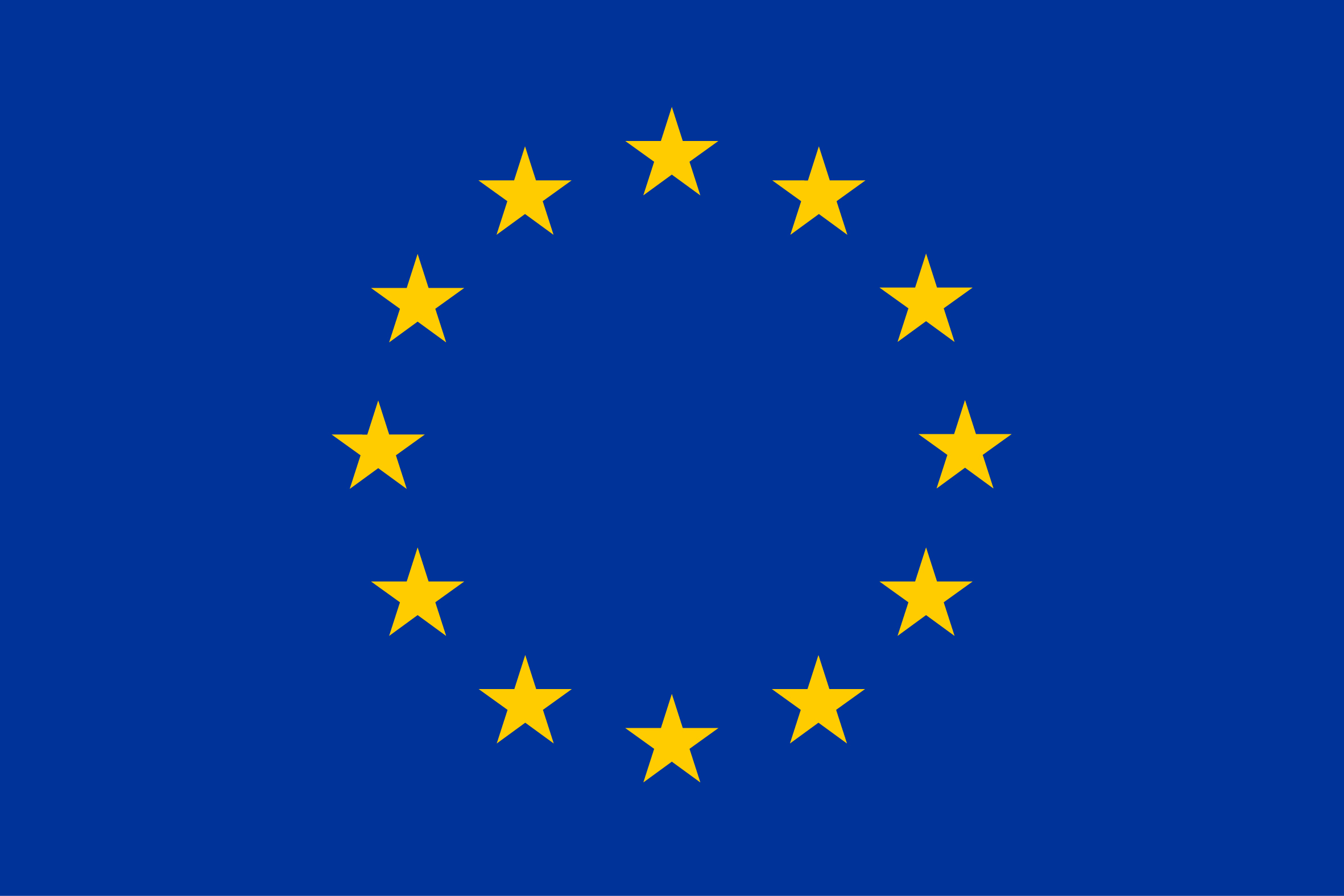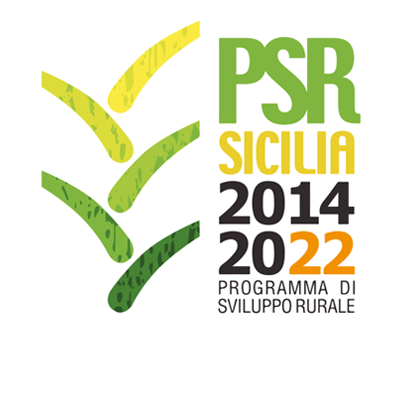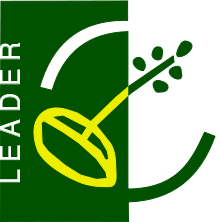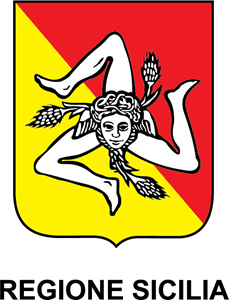East Friesian
Country
Specie
ISO3
ZAF
Language
eng.
Transboundary name
East Friesian
Breed classification (geographic)
International
Number of horns males
0
Number of horns females
0
Domestication status
domestic
Taxonomic classification
Breed
Description of origin
recently imported; exotic
Local cryo conservation status
No Material
Local Risk
Unknown
Detailed local risk status
Unknown
International Transboundary Risk detailed
Not at Risk
Döhne Merino
Country
Specie
ISO3
ZAF
Description
The Dohne Merino is a polled sheep with a good meat conformation and high quality fine to medium Merino wool which is a source of additional income.
Transboundary name
Dohne Merino
Breed classification (adaptedness)
Native
Breed classification (geographic)
International
Additional information
The breed was developed from a crossbreeding experiment between the old German Merino and the South African Merino
Adaptability to specific environment
Adapted to natural grazing for small stock
Specific resistance or tolerance
Fleece rot, Fly strike, Internal parasites, Drought and high rainfall.
Specific reproductive characteristic
High levels of reproduction more than 3000 triplets (quads etc) registered at the breed society, every year.
Special characteristic of product
High quality lamb Meat High quality wool MF4 and less than 20 micron
Other special qualities
Easy care sheep breed
Color comments
White but sometimes sun speckles can occur and amber pigment around eyes and genitals
Number of horns males
0
Number of horns females
0
Wither height males
75
Wither height females
65
Weight males
50.00
Weight females
46.00
Other specific visible traits
Polled and well fleshed
Herdbook
y
Herdbook established
1966
Description of origin
originated at Dohne Research Station: composite of German (Mutton) Merino and South African Merino
Year of origin
1940
Location within country
Dohne Merinos are distributed right across the South African sub-continent except for the Limpopo bushveld areas
Local cryo conservation status
No Material
Local Risk
Not at Risk
Detailed local risk status
Not at Risk
International Transboundary Risk detailed
Not at Risk
Dorset Horn
Country
Specie
ISO3
ZAF
Language
eng.
Transboundary name
Dorset Horn
Breed classification (geographic)
International
Additional information comments
Numbers declining due to theft of stock.
Number of horns males
0
Number of horns females
0
Domestication status
domestic
Local cryo conservation status
No Material
Local Risk
Unknown
Detailed local risk status
Unknown
International Transboundary Risk detailed
Endangered
Dormer
Country
Specie
ISO3
ZAF
Transboundary name
Dormer
Other name
Dorman
Breed classification (geographic)
International
Color comments
uni coloured: white
Number of horns males
0
Number of horns females
0
Domestication status
domestic
Taxonomic classification
Breed
Description of origin
originated at Elsenburg, West Cape Province: composite of Dorset Horn rams and South African Mutton Merino ewes
Year of origin
1941
Local cryo conservation status
No Material
Local Risk
Not at Risk
Detailed local risk status
Not at Risk
International Transboundary Risk detailed
Not at Risk
Damara
Country
Specie
ISO3
ZAF
Transboundary name
Damara
Breed classification (geographic)
International
Adaptability to specific environment
The breed is adapted to hot arid environments. The animals walks long distances in search of food and water and can produce and reproduce on minimal grazing.
Specific resistance or tolerance
This breed is possibly resistant to heartwater disease (Cowdriosis).
Specific reproductive characteristic
The breed is known for its fertility.
Special characteristic of product
The fat of the tail is used for cooking and preservation. The meat has good flavour and is marbled.
Other special qualities
The animals defend their lambs from attacks by small predators such as jackals.
Color comments
uni coloured: black, brown, white <br>multi coloured: black and white pied
Number of horns males
2
Number of horns females
0
Horn shape size and comments
male: large spreading horns: female: short horns or polled;
Weight males
61.00
Weight females
45.00
Other specific visible traits
long fat tail, short hair-coarsewool ; male with a prominent occipital crest; wattles are common;
Herdbook
y
Herdbook established
1992
Domestication status
domestic
Taxonomic classification
Variety
Description of origin
originated from animals that migrated down the length of Africa with nomadic owners. Arrived at the northern western borders of South Africa with Khoi-khoi pasturalists circa AD 200.
Location within country
mainly in the arid western areas; small flocks country-wide;
Local cryo conservation status
Sufficient
Local Risk
At Risk
Detailed local risk status
Endangered maintained
International Transboundary Risk detailed
Endangered
Corriedale
Country
Specie
ISO3
ZAF
Language
eng.
Transboundary name
Corriedale
Breed classification (geographic)
International
Additional information comments
Numbers are declining because of stock theft
Color comments
uni coloured: white
Number of horns males
2
Number of horns females
2
Weight males
92.00
Weight females
68.00
Herdbook
y
Herdbook established
1953
Domestication status
domestic
Taxonomic classification
Breed
Description of origin
composite of Lincoln (Leicester Longwool) and Merino that was developed in New Zealand: Corriedale has been imported in 1924 from Australia
Year of origin
1924
Location within country
KwaZulu-Natal midlands
Local cryo conservation status
No Material
Local Risk
Unknown
Detailed local risk status
Unknown
International Transboundary Risk detailed
Not at Risk
Border Leicester
Country
Specie
ISO3
ZAF
Language
eng.
Transboundary name
Border Leicester
Breed classification (geographic)
International
Additional information comments
Numbers declining due to theft of stock
Number of horns males
0
Number of horns females
0
Domestication status
domestic
Local cryo conservation status
No Material
Local Risk
Unknown
Detailed local risk status
Unknown
International Transboundary Risk detailed
Endangered
Boesmanlander
Country
Specie
ISO3
ZAF
Breed classification (geographic)
Local
Number of horns males
0
Number of horns females
0
Domestication status
domestic
Taxonomic classification
Breed
Description of origin
developed breed
Local cryo conservation status
No Material
Local Risk
Unknown
Detailed local risk status
Unknown
Blinkhaar Ronderib Afrikaner
Country
Specie
ISO3
ZAF
Language
afrik.
Other name
Ronderib Afrikaner, Blinkhaar Afrikaner
Breed classification (geographic)
Local
Adaptability to specific environment
The breed is well adapted to desert environments. Fat is localised in the tail to allow shedding of heat. Animals of this breed thrive in areas of minimal grazing and rainfall.
Specific reproductive characteristic
The females are very fertile and the males show high libido.
Color comments
uni coloured: creamy white shiny coat of fine hair
Number of horns males
0
Number of horns females
0
Horn shape size and comments
moderate size, turn away from the head in a broad curve of up to one and a half turns
Other specific visible traits
large broad fat tail consisting of three parts, the first very broad, the second much narrower and turning upwards and the third a hairy tassel hanging downwards
Herdbook
n
Domestication status
domestic
Taxonomic classification
Breed
Description of origin
It is believed that Blinkhaar Ronderib Afrikaner sheep are descendants of a breed which migrated down the length of Africa with nomadic owners and arrived at the northern borders of South Africa with Khoi-khoi pasturalists circa 200 AD.
Location within country
arid areas of western South Africa
Local cryo conservation status
No Material
Local Risk
Unknown
Detailed local risk status
Unknown
Blackhead Persian
Country
Specie
ISO3
ZAF
Language
eng.
Transboundary name
Blackhead Persian
Other name
Swartkoppersie
Breed classification (geographic)
International
Adaptability to specific environment
The breed is well adapted to the hot, arid areas of the northern Cape Province. The animals can subsist on poor grazing.
Specific reproductive characteristic
The breed is very fertile and known for its ease of lambing.
Special characteristic of product
The fat of the tail is used for cooking and preservation. The skins are of high quality and used as glove leather.
Color comments
uni coloured: white with black head and neck
Number of horns males
0
Number of horns females
0
Weight males
68.00
Weight females
52.00
Other specific visible traits
short hair, fat-rumped
Herdbook
y
Herdbook established
1906
Domestication status
domestic
Taxonomic classification
Breed
Description of origin
Blackhead Persian have been imported from Somalia in 1868. The first sheep were registered with the South African Studbook and Livestock Improvement Association in 1906, but registration was discontinued in 1930. A breed society was formed again in 1948.
Year of origin
1868
Location within country
Northern Cape Province
Local cryo conservation status
No Material
Local Risk
Unknown
Detailed local risk status
Unknown
International Transboundary Risk detailed
Not at Risk




